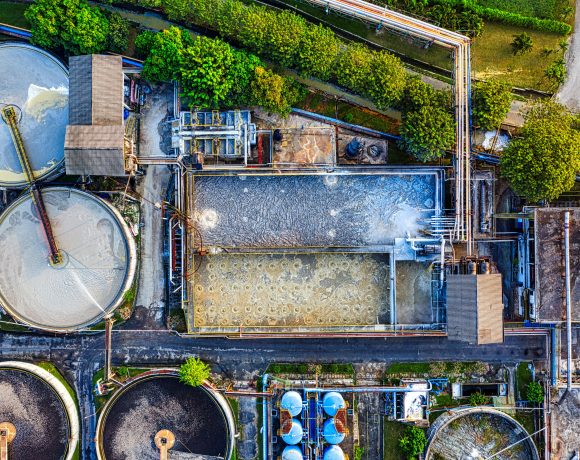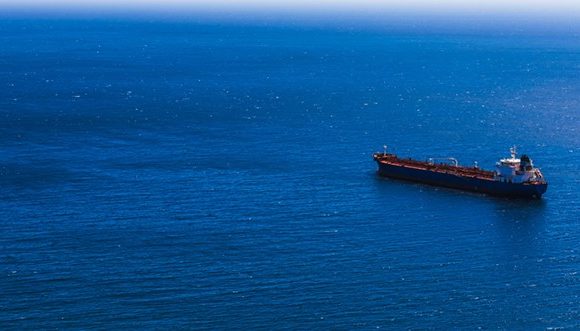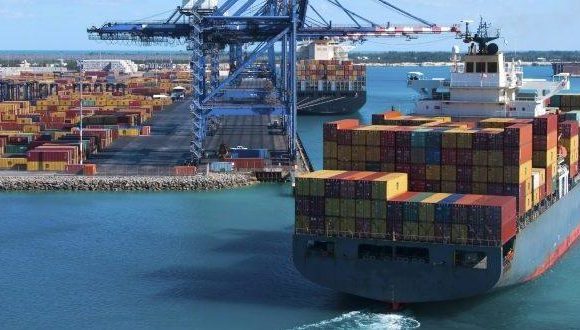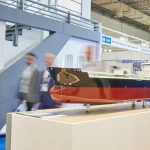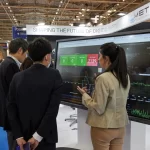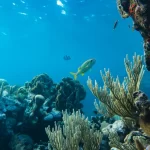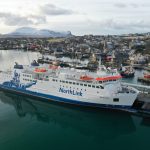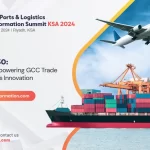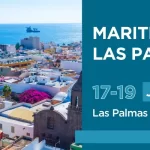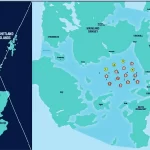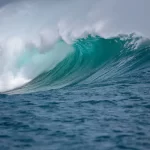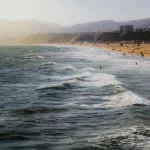Newbuild, Retrofit Or A Pioneering Mobile
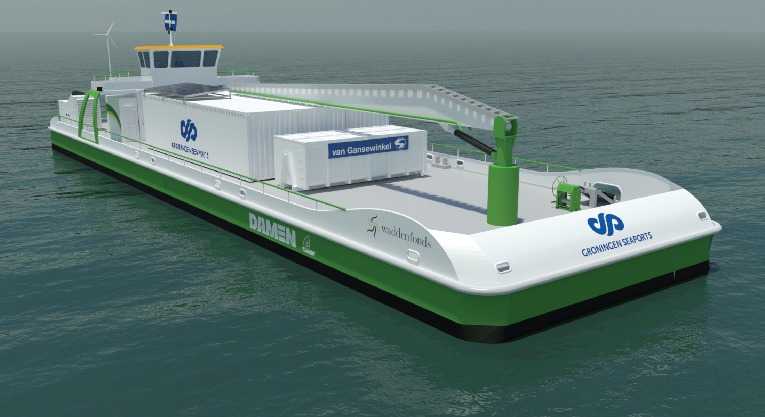
Ballast Water Treatment -Damen Has BWT Solutions For Every Vessel
Damen started to address the ballast water treatment challenge several years ago, investing in the development of its products and by employing specialists. Subsequently, Damen has established a Ballast Water Centre of Excellence at its headquarters in Gorinchem.
With at least 60,000 vessels needing to comply with international ballast water treatment legislation in the near future, Damen now offers a range of cost-effective options for shipowners from retrofitting to a pioneering mobile ballast water treatment unit, which is the first in the world.
Gert Jan Oude Egberink, Damen Manager Ballast Water Treatment, says: “We have been looking into what we can do to help our customers regarding ballast water treatment and finding alternatives for those owners that may not want to retrofit a ballast water treatment system, perhaps because their ships operate on fixed routes or their ships are to old to make the investment in a system prohibitively expensive. Harbours may also need to provide back-up, in case a ship’s onboard treatment systems fail.”
Mobile BTWU
In a project designed for the Wadden Sea National Park in the Netherlands, which is a protected UNESCO World Heritage Site, Damen has teamed up with Groningen Seaports Authority to develop a mobile treatment reception vessel to keep alien species out of the Wadden Sea. Other partners include the Dutch marine research institutes Imares & MEANL, Van Gansewinkel, Wagenborg and Evers Manders.
With its development partially subsidised by the Waddenfonds, an organisation focusing on the preservation of the Wadden area, the treatment vessel is expected to enter service in the ports of Eemshaven and Delfzijl in 2015.
The ballast water treatment system deployed on the vessel is fully containerised and is currently being certified by the Dutch Flag State. The treatment system was successfully tested in the Wadden Sea and the IJsselmeer, where the water is very challenging.
The new vessel has a ballast water treatment system with a capacity of 600 m3/h, but each container handles 300 m3/h, so it also easy to scale up if required.
A vessel needing to discharge its ballast water can connect to the treatment vessel and discharge its ballast water over the containerised treatment unit, which then processes and discharges it at sea. Damen can also deliver the system as a separate mobile container, which can be put on board or moved around the harbour on a truck . The unique Damen mobile treatment technology is very cost effective because it allows ballast water only to be treated at the point of discharge. Normally, BWT systems installed on board also need to treat ballast water at intake.
“This is all in-house technology and is very simple to use – essentially it is a plug & play system in one container. Vessels only need to have a deck connection. Using this mobile treatment unit, owners and operators will be fully compliant with both the IMO and US regulations.”
Newbuild & retrofitting solutions
For its own new built vessels and its retrofitting service, Damen has been evaluating the many different ballast water technologies. Currently, there are approximately 42 IMO type approved BWT systems available on the market.
Mr Oude Egberink explains: “During our research we have found that not one BWT technology suits all vessels. It depends on their trading routes, the power consumption etc. We have chosen to focus on the most environmentally friendly technologies available. For cost effectiveness and standardisation reasons we have chosen to work with selected preferred suppliers of type approved systems to cover the whole range of vessels.”
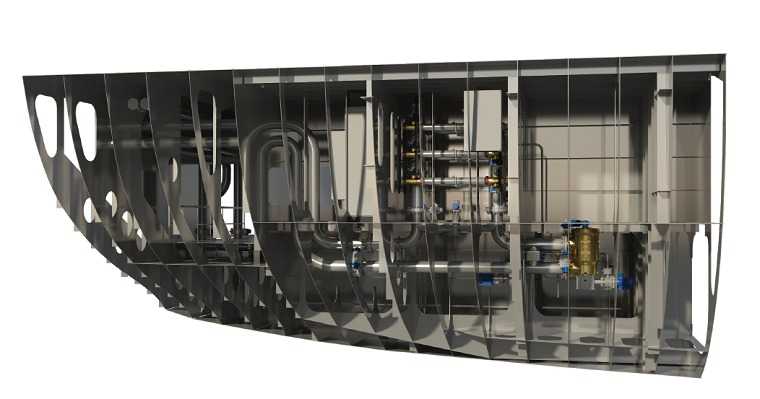
A one-stop-retrofit shop
“We have really looked at our customer’s concerns about a retrofitted system. Our preferred systems are easy to operate and maintain, and once all the preparations are made such a system can be fitted within the ships drydocking period. With our retrofit service we aim to minimise costs and the disruption to the shipowner.
“Taking these 60,000 vessels into account, it is estimated that at least 25 to 40 retrofits have to be done a day globally. But owners should act now to make sure the engineering capacity and slots in yards are available and the necessary experts. Postponing may lead to higher costs.”
The advantage of the BWT Retrofit Service is that Damen can provide a true one-stop-shop. Damen Shiprepair & Conversion has 16 repair and conversion yard facilities, including 40 dry docks worldwide. “If vessels are coming in for their special survey when the system has to be installed, we can do both things at once, providing a turnkey solution. We can install Damen selected technology or our customer’s choice of unit at a Damen or a non-Damen yard or afloat.”
Damen can do the onboard survey, 3D scans, onsite surveying and pre-engineering, the integration plan, purchasing, manufacture the piping, make all the preparations, do the installation and commissioning, carry out the trials, training and supply the BW management plan.
“I think there is no other company that has this one-stopshop, with both the yard and engineering capacity and a vast knowledge of shipbuilding. We can be the BWT total solution provider and our customers have a trusted partner and peace of mind.
“Damen can provide a newbuild BWT solution, a retrofit one or our pioneering mobile solution!”
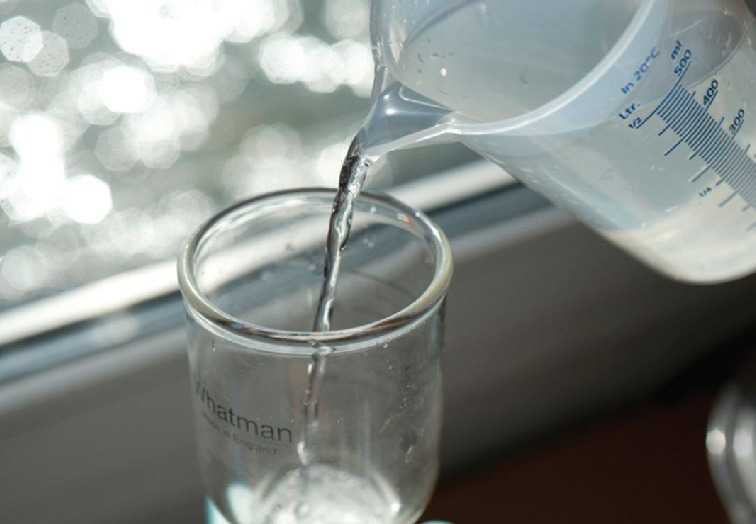
Background to BWT legislation
The US already enforced its ballast water regulations (US Coastguard) in June 2012 and any day now, the IMO’s Ballast Water Management Convention will follow suit.
When this is finally ratified this year, all ships trading in international waters will be required to manage their ballast water on every voyage by either exchanging or treating it using a type approved ballast water treatment system. In accordance with implementation dates relative to its ballast capacity, only treatment can be used after the ships first IOPP renewal survey after the IMO BWMC enters force.
Under the IMO regulations, this means some 60,000 vessels are going to need a ballast water treatment solution in the short-term. Most of these vessels are expected to comply by installing a fixed ballast water treatment system on board.
For more details, visit our website at: www.damen.com
or Email us at: green@damen.com

